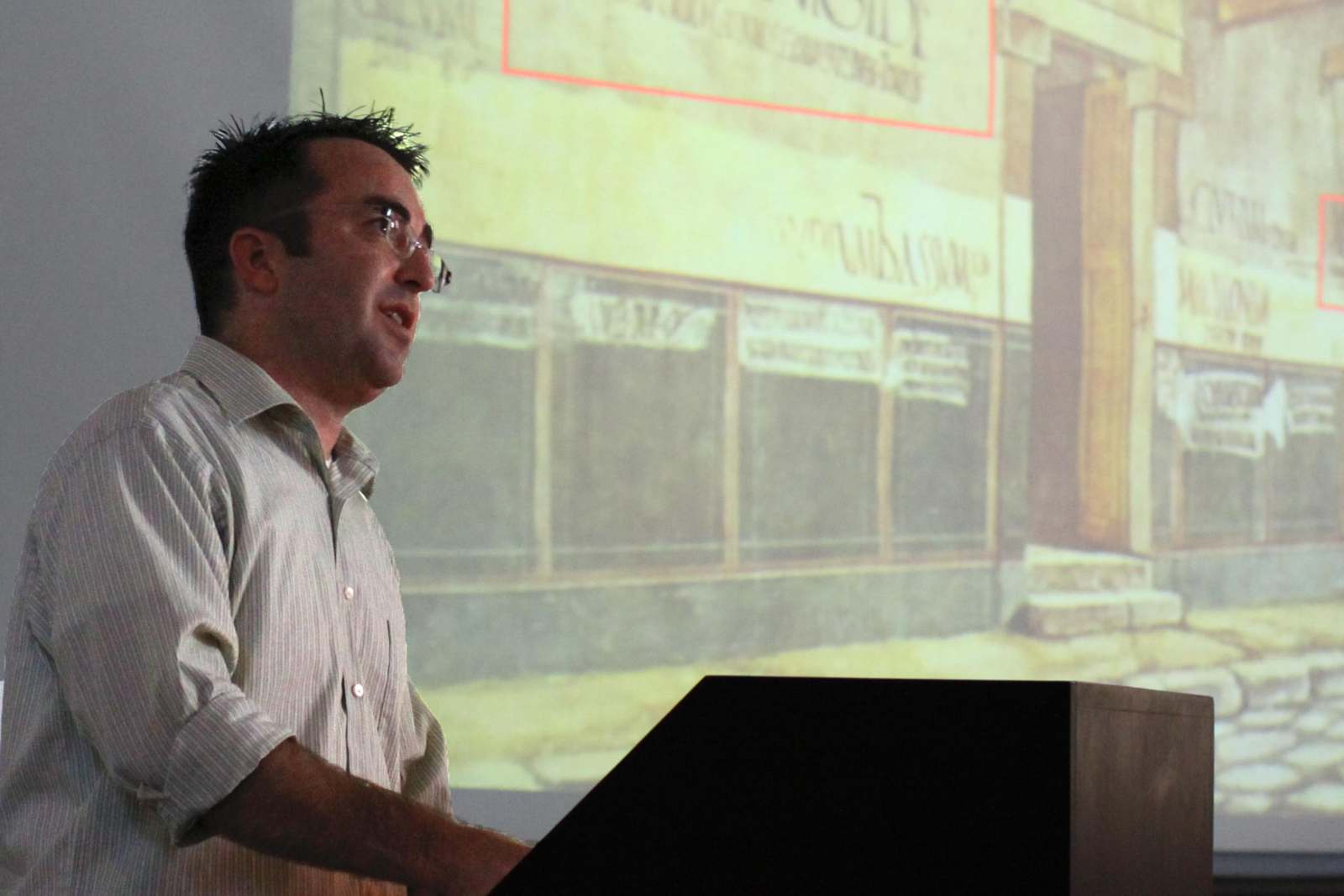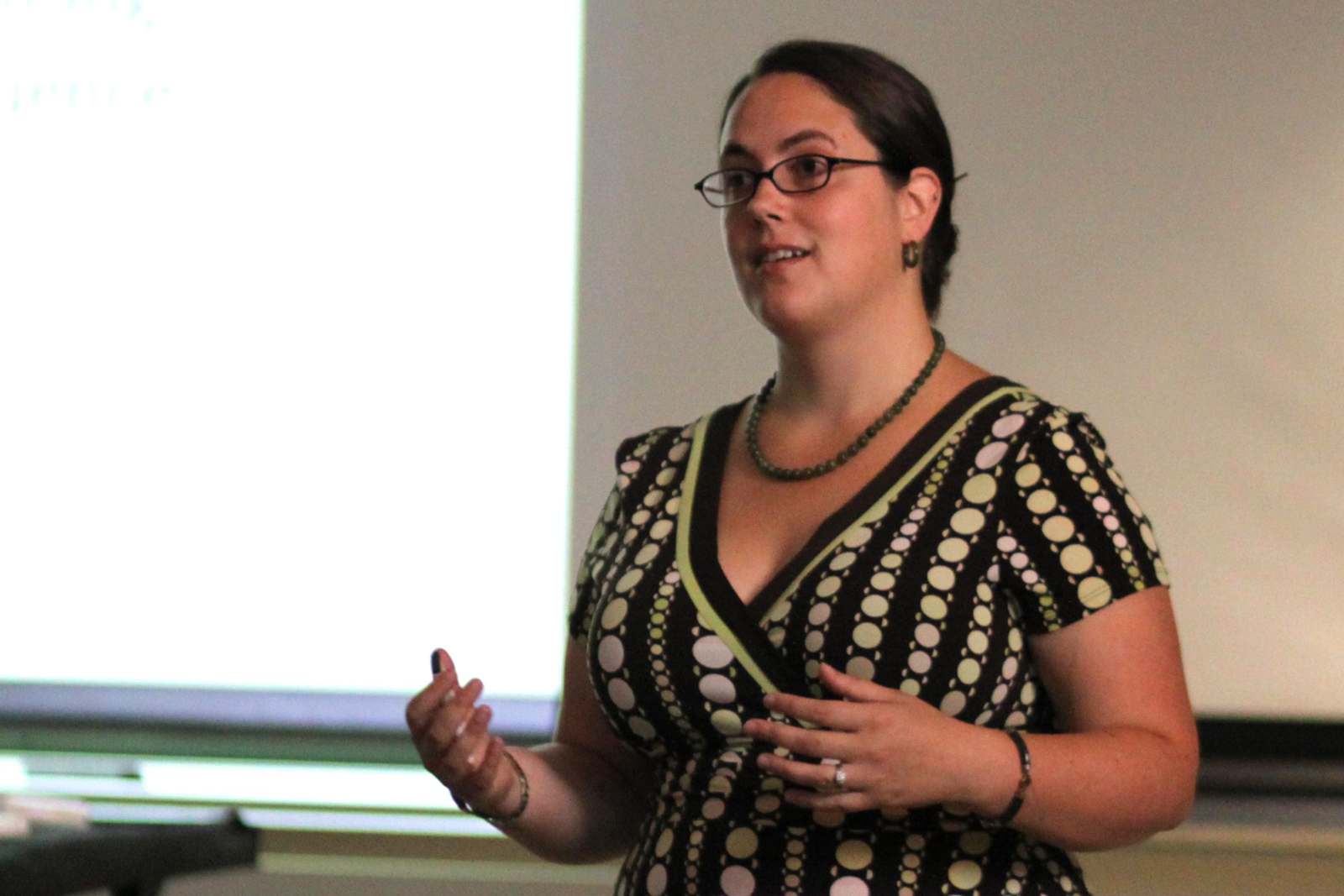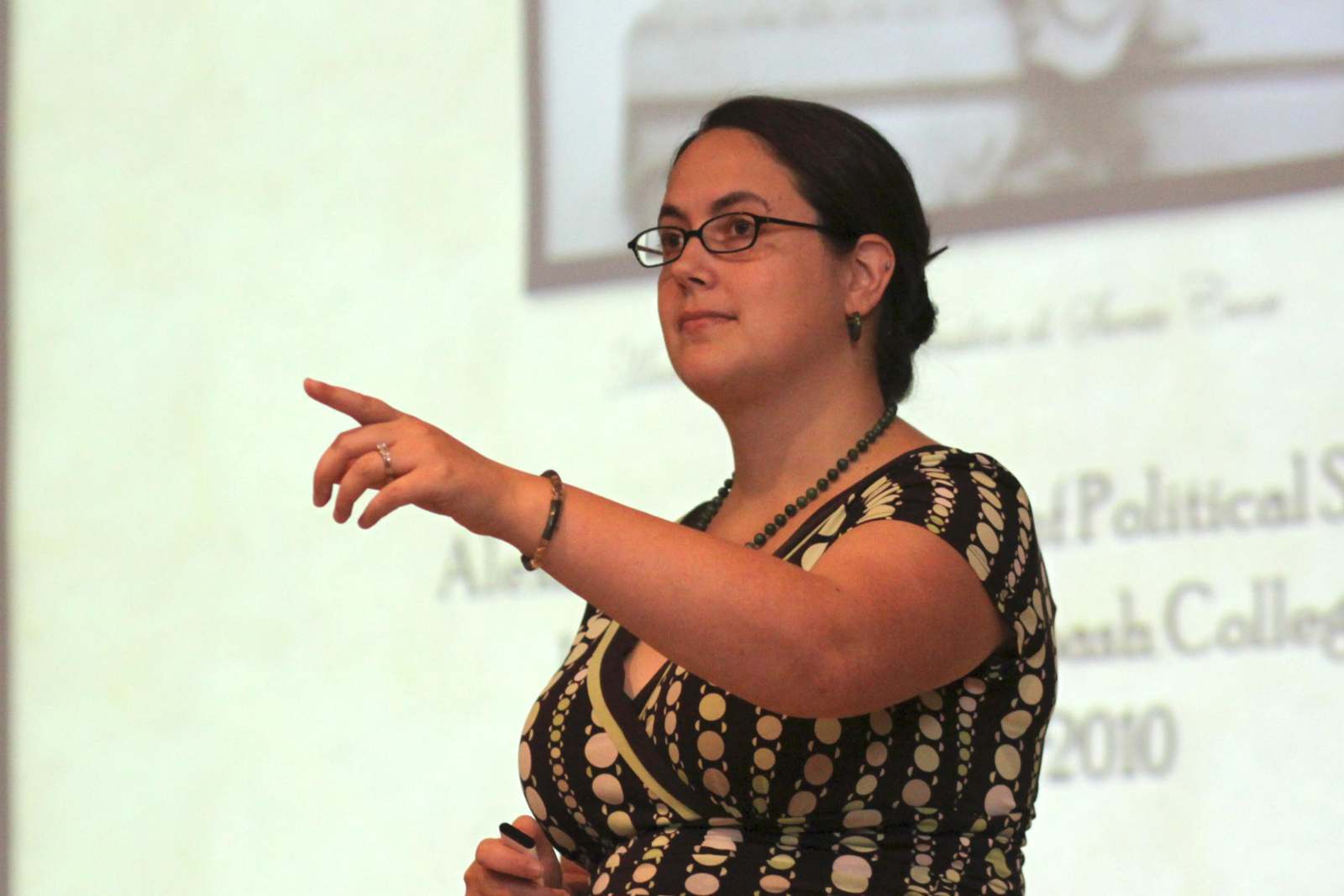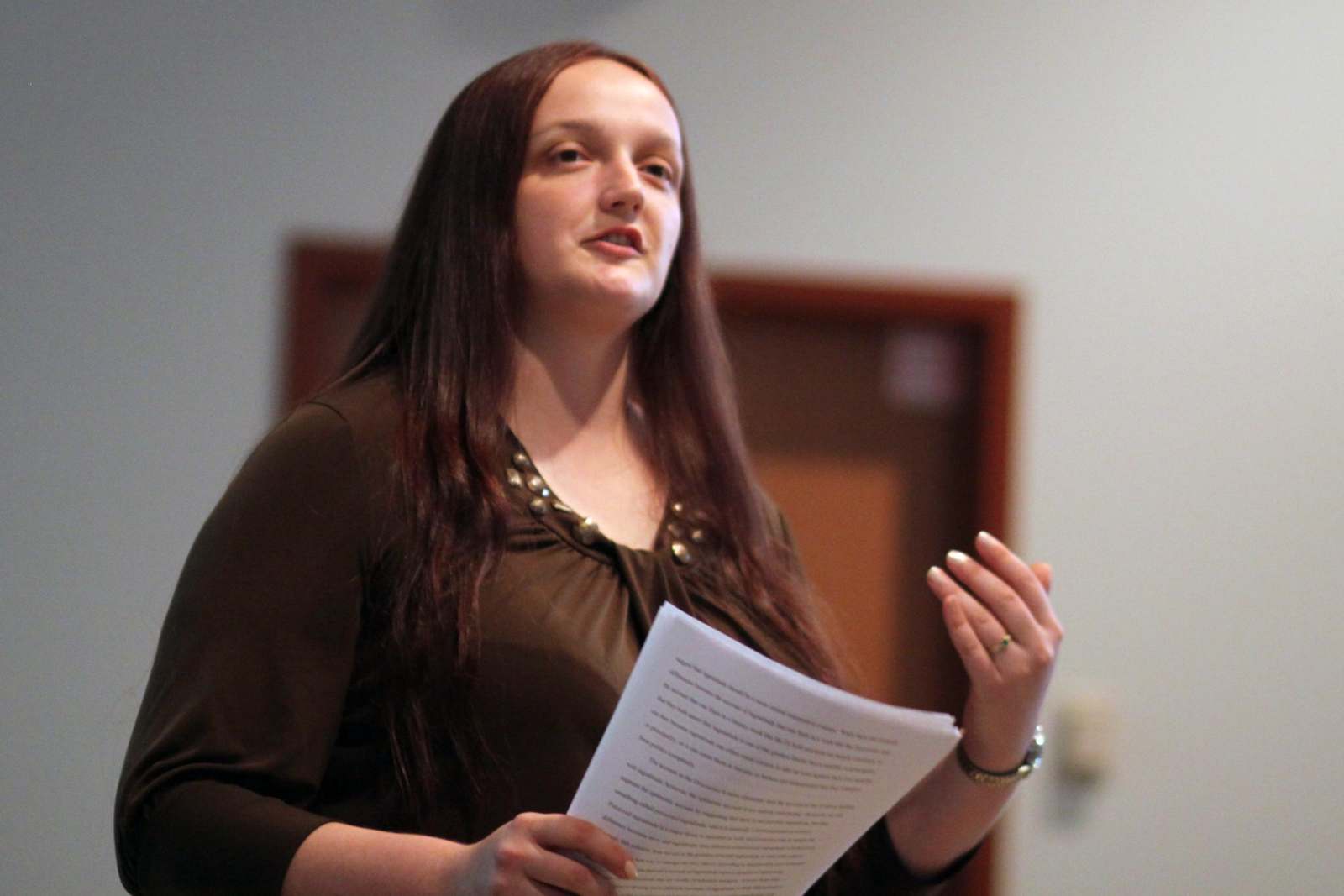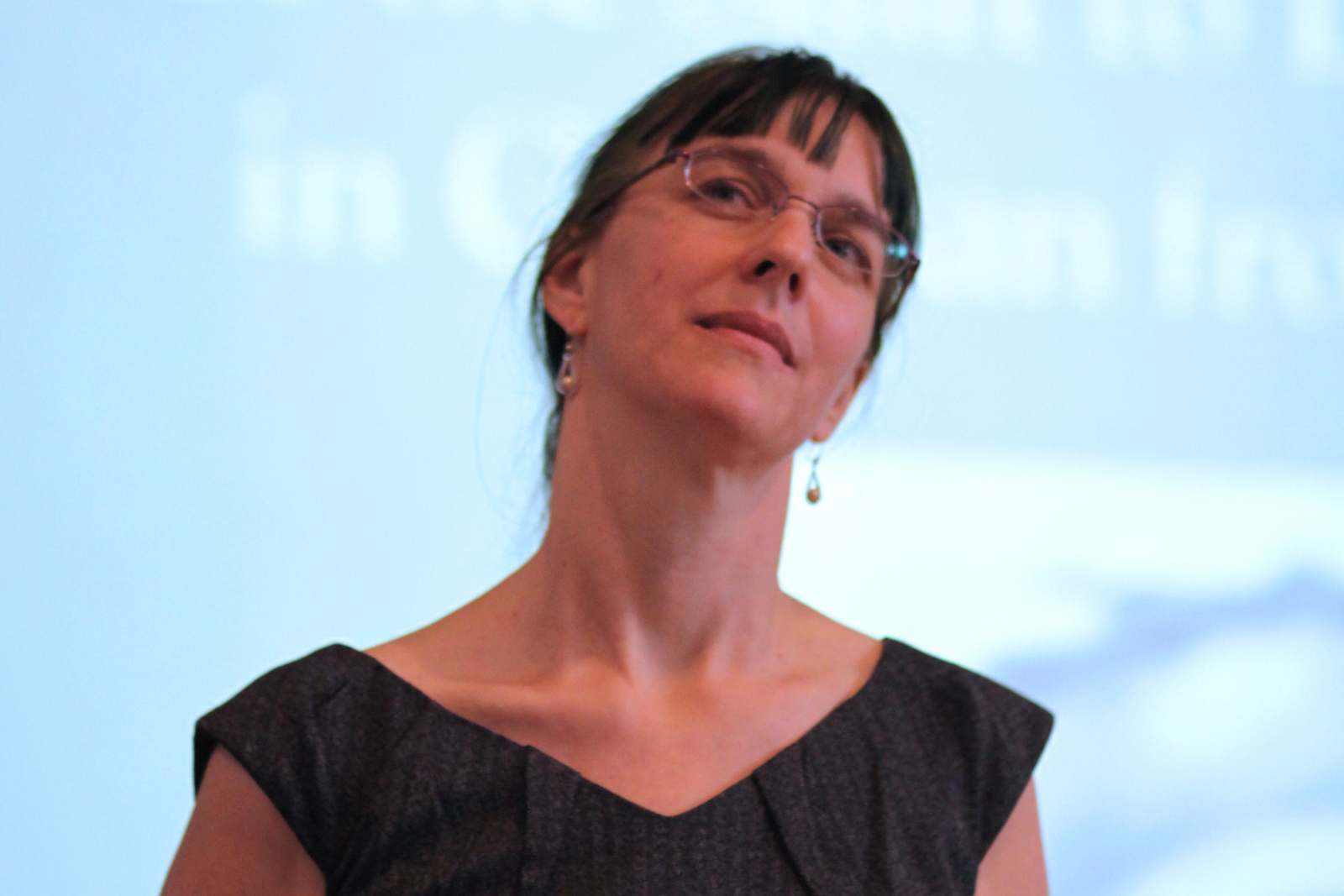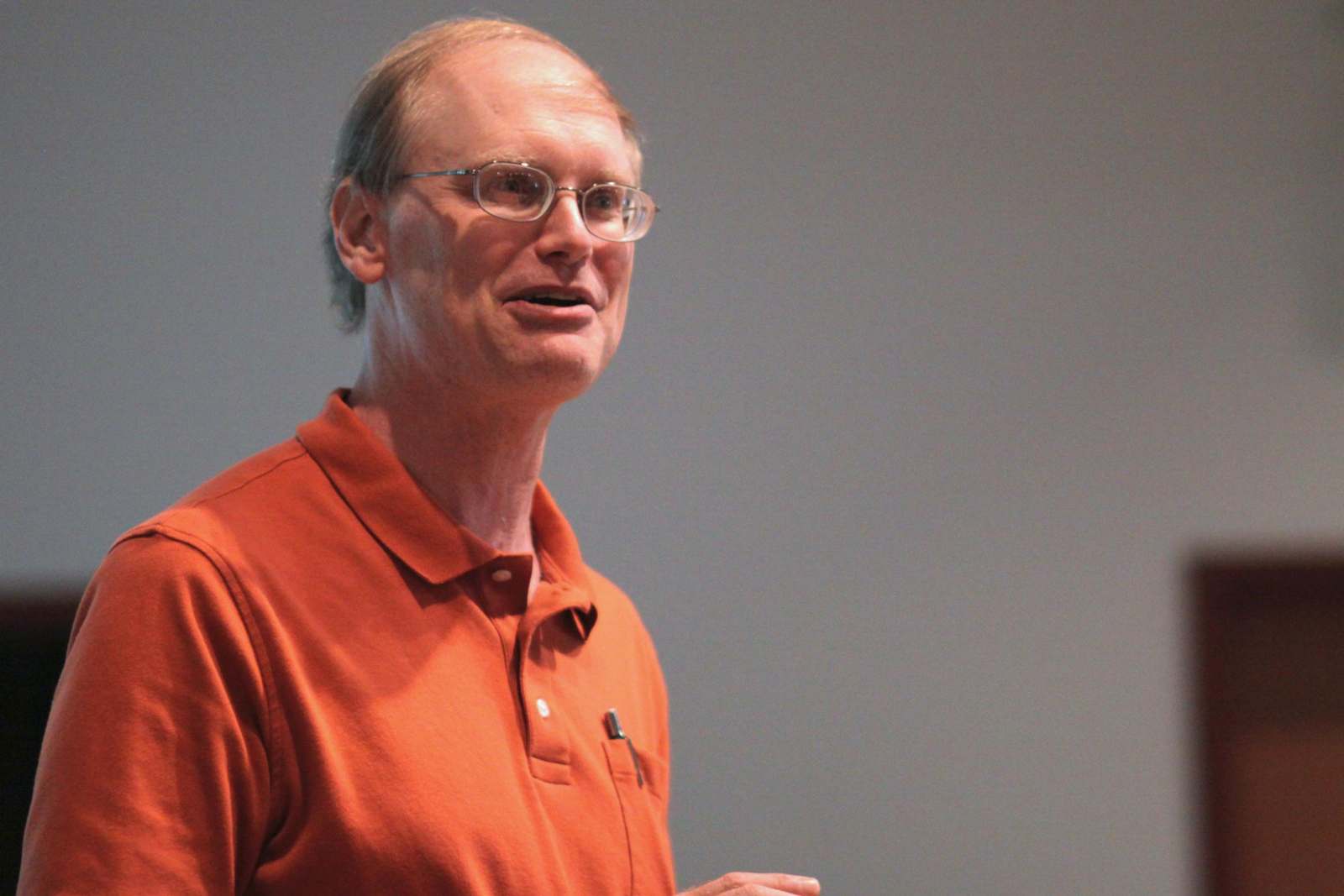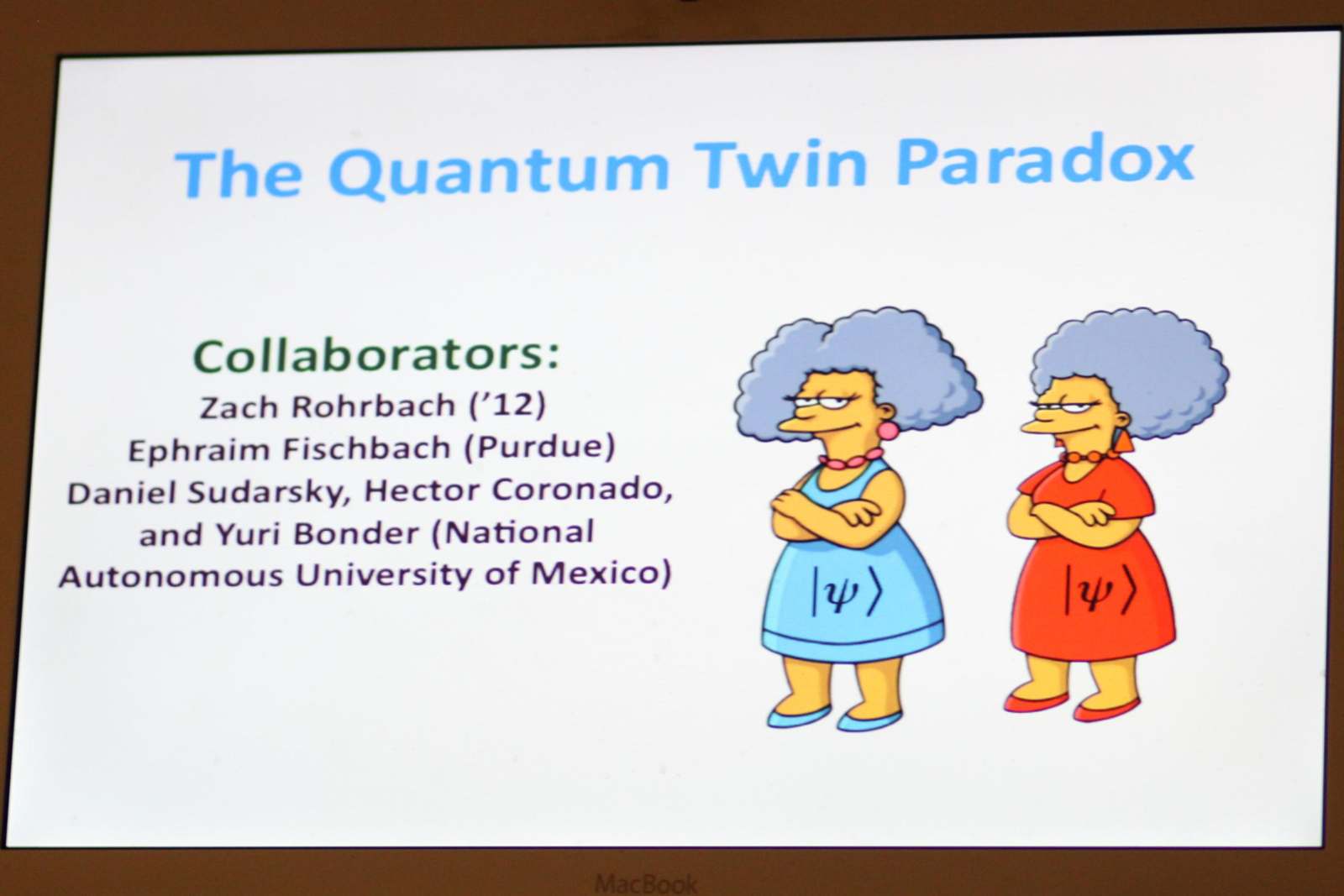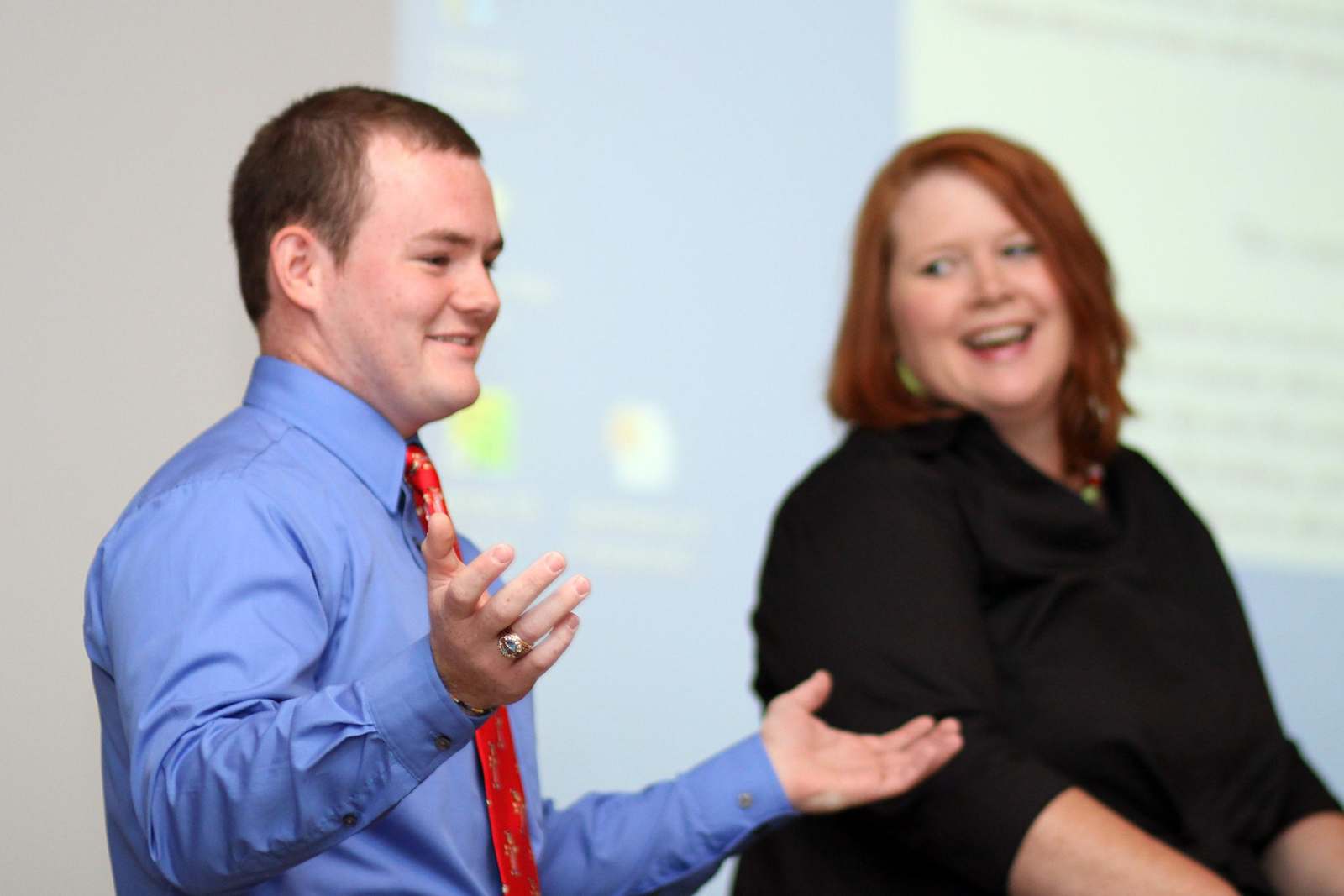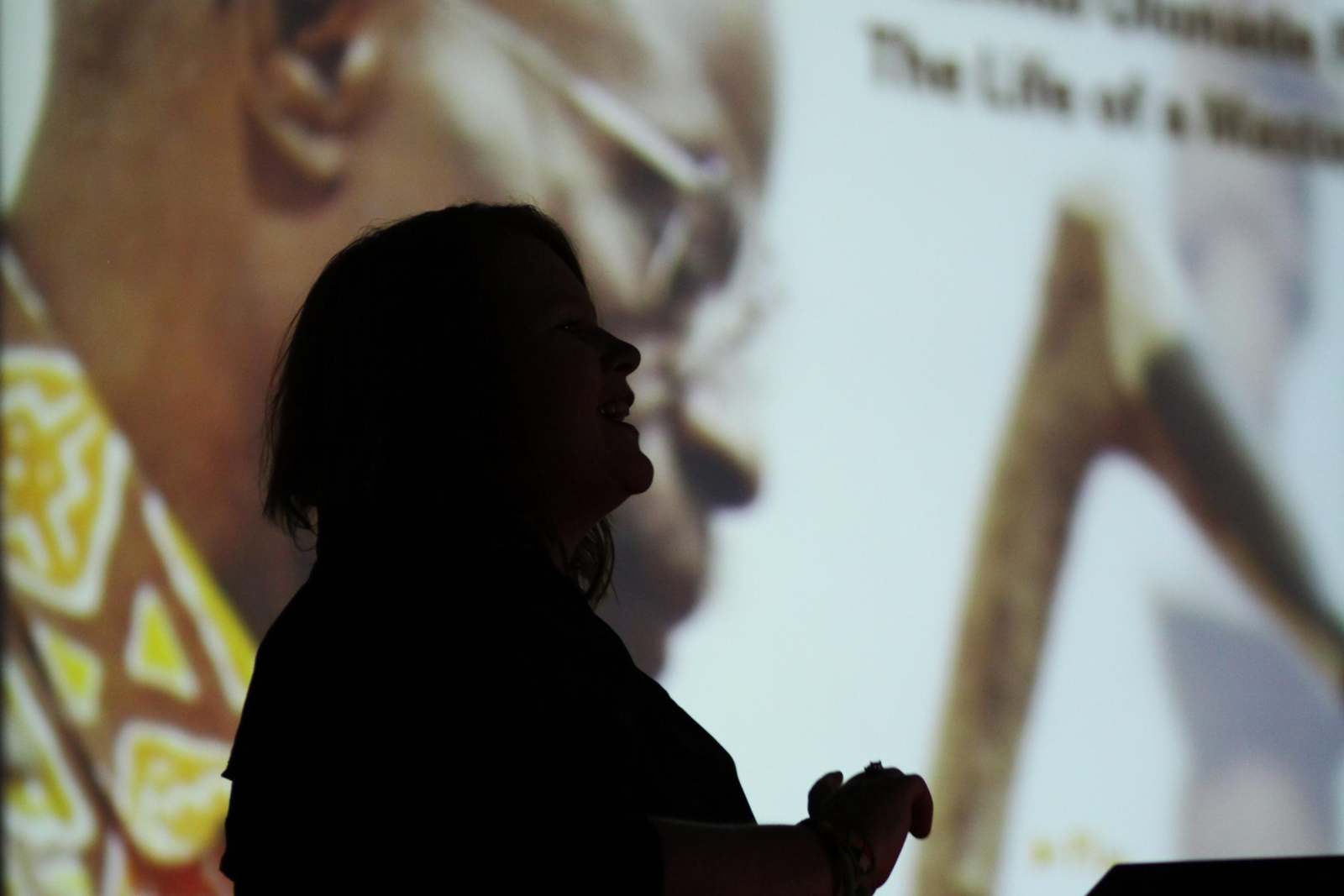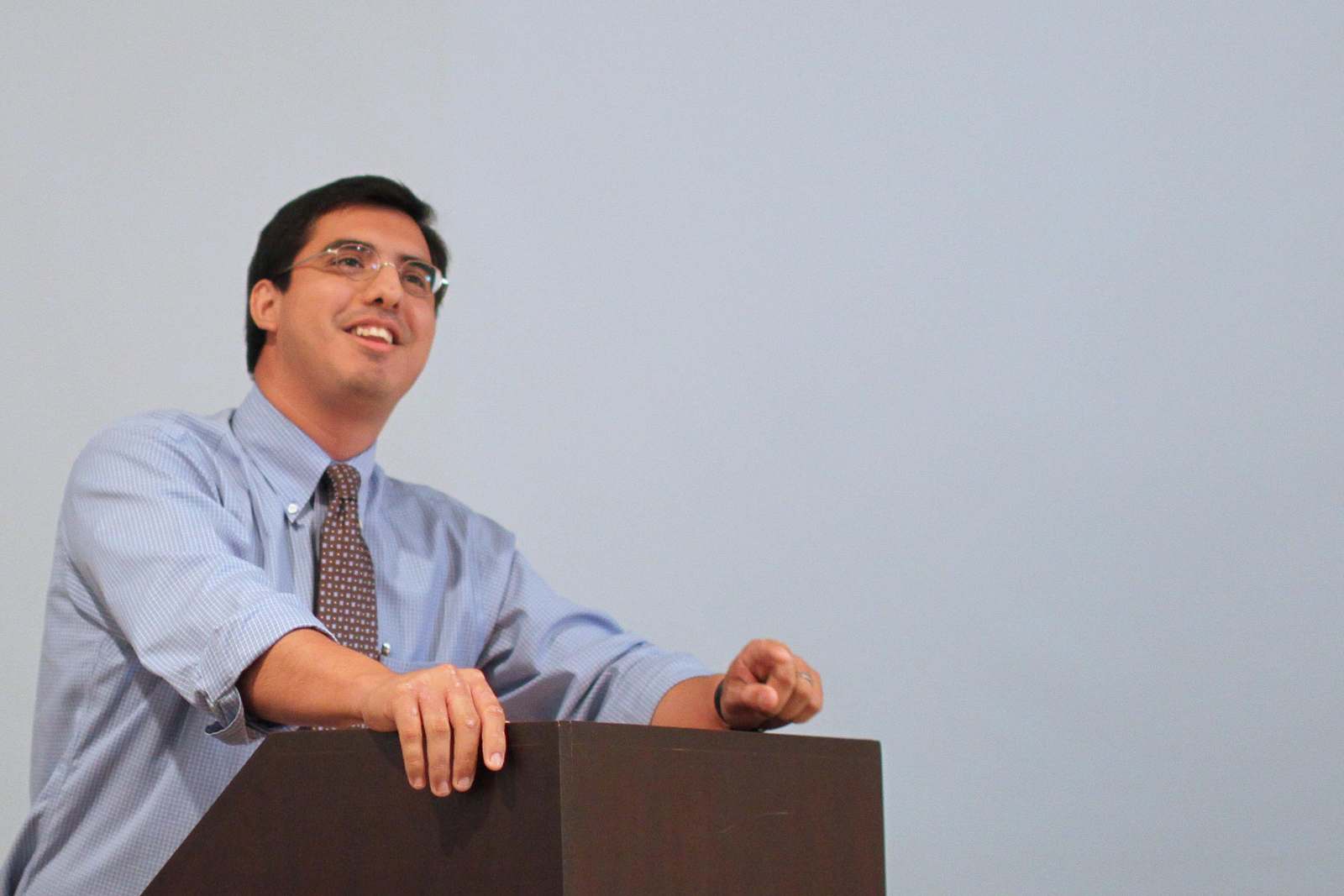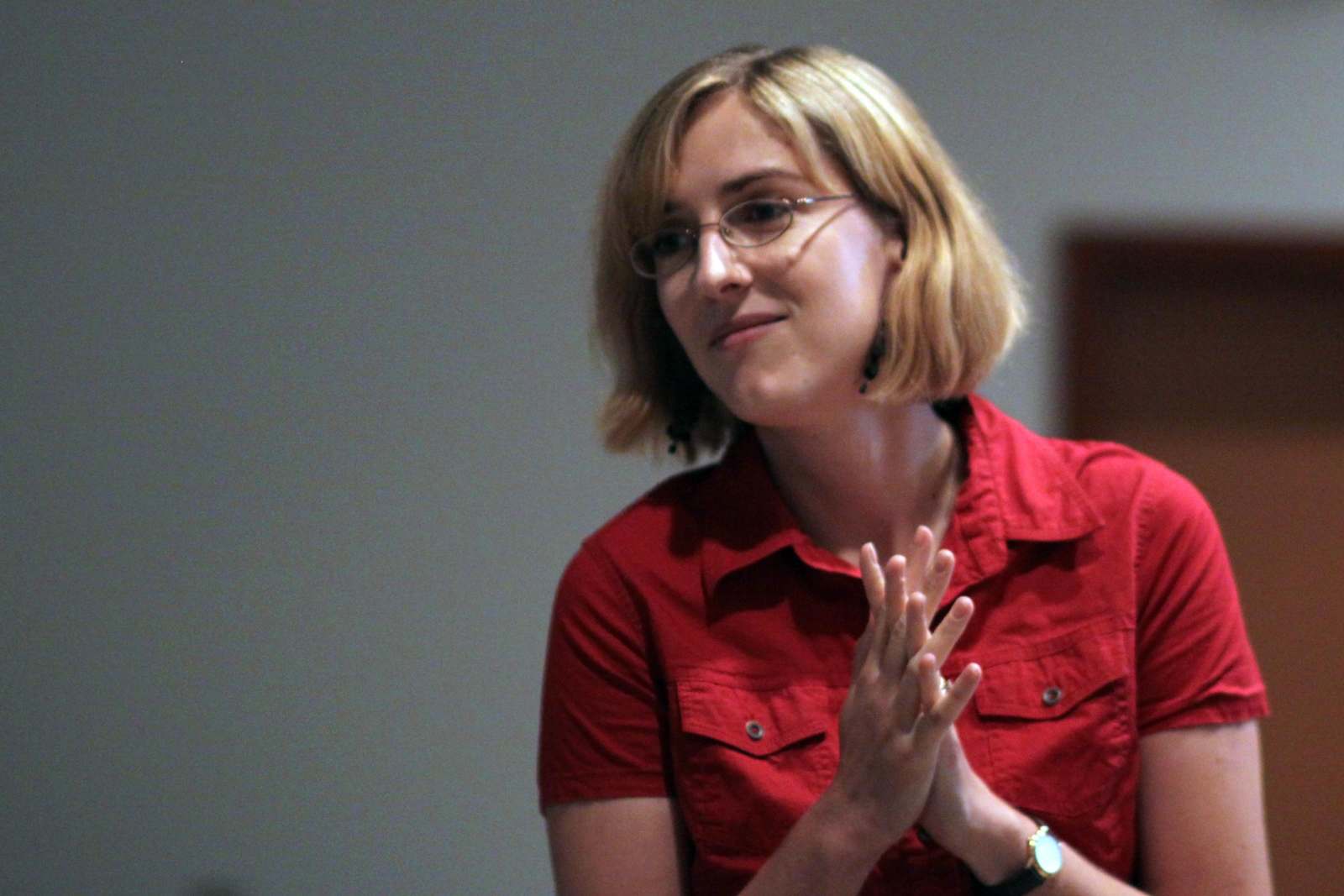Ides of August Album One
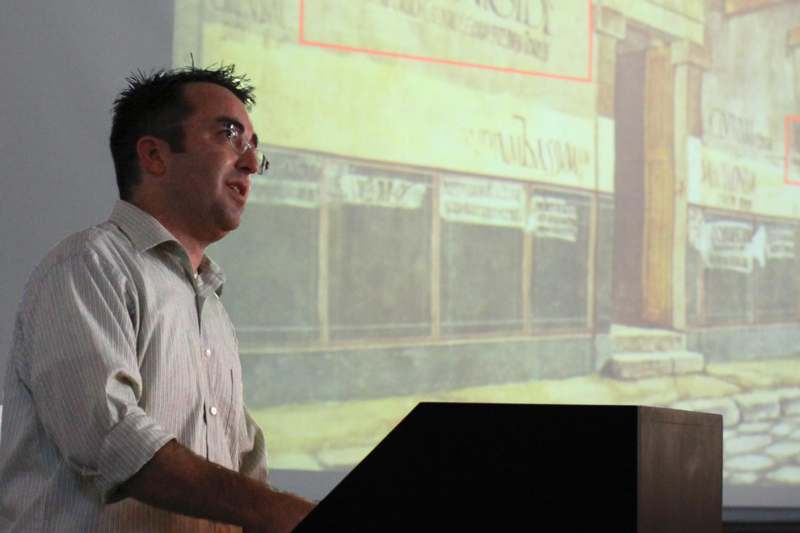
Using an interdisciplinary and collaborative approach that bridges gaps in traditional archaeology (and utilizing a database developed by his research assistant Nathan Kring ’10), Assistant Professor of Classics Jeremy Hartnett ’96 has been studying the “aesthetics of electoral inscriptions” on the wall of the ruins of Pompeii.
“Inscriptions are the most prevalent form of writing in Pompeii,” Hartnett explained, and these electoral posters identify the big political players in the city at that time.
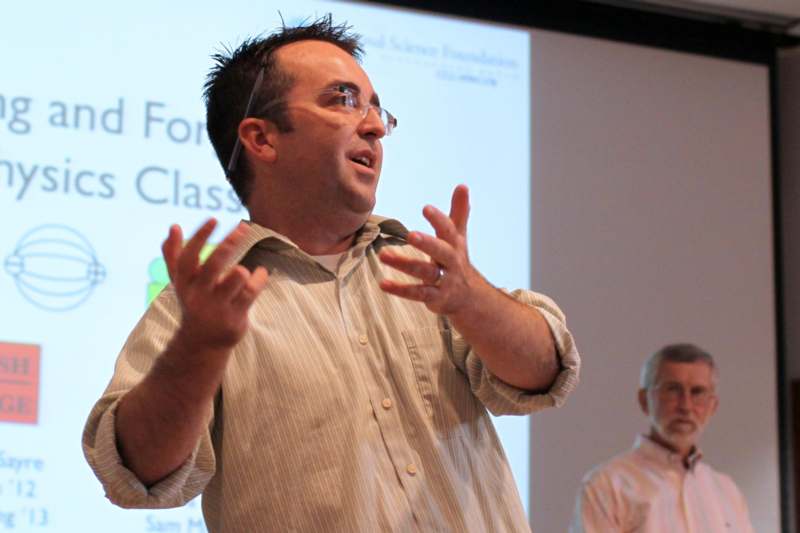
Hartnett is interested in the placement of the electoral “posters” and the motivation behind that placement, as well as what that tells us about the ways Pompeii’s citizens lived. His studies and database have identified where many of these posters were clustered.
“Poster painters sought out highly visible places for these,” Hartnett said. “Certain wall spaces received much more attention than others.” Including public fountains, public altars, and the doorways around ancient 'laundromats!'
“Certain spaces were better for political posturing,” said Hartnett, adding that officials named on these posters were already in office—the posters were important for social status.
Read Professor Hartnett's writing from a recent immersion trip to Turkey with Wabash students here.
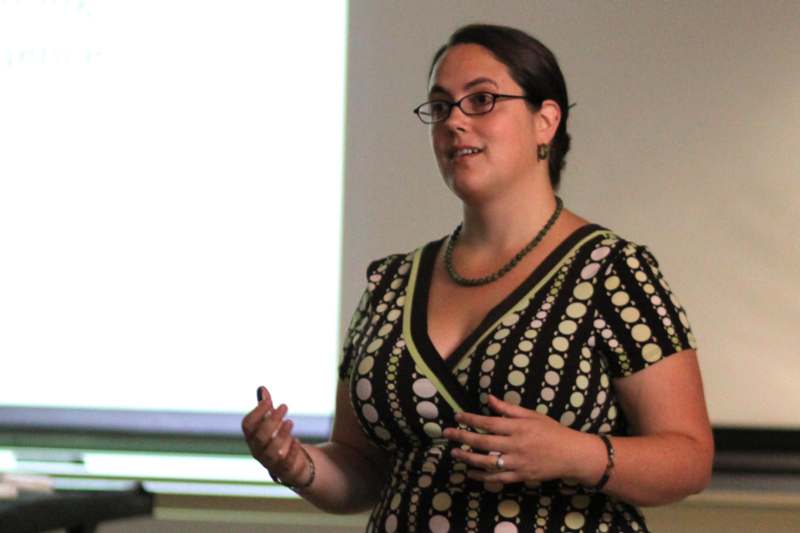
Visiting Assistant Professor of Physics Eleanor Sayre reported early results from her National Science Foundation-supported research on “learning and forgetting among physics students." Sayre is blending cognitive science, an innovative methodology linked to a Web-based survey system, and a deep understanding of the “language” of physics to study how students learn—and sometimes forget—important concepts in calculus-based introductory physics courses.
Students working with her on the project sophomores Tyler Koch and Tianren Wang.
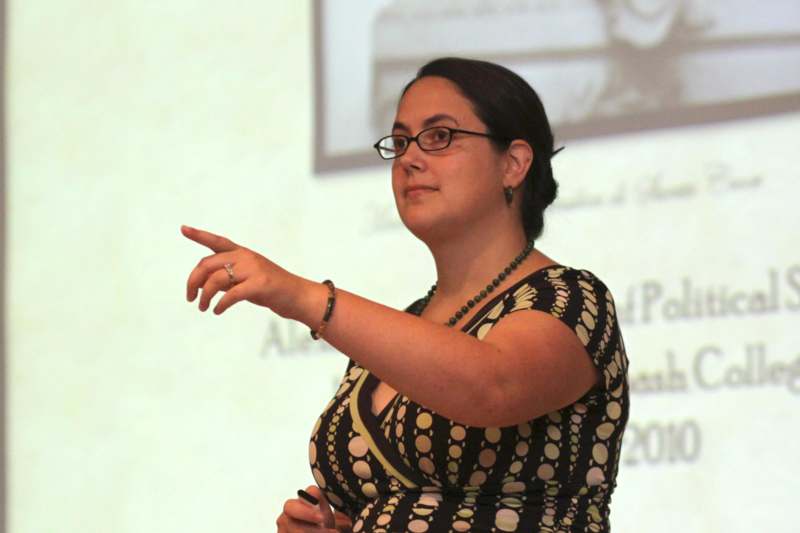
Surprising results from more than 1,000 students in a traditional lecture classroom at Ohio University and more than 300 in a workshop format at the Rochester Institute of Technology found that, when tested at the end of the course, both scored about the same.
But Sayre’s methodology tracks the learning and forgetting throughout the course, and those results showed that those in traditional classrooms learned more initially, but also forgot more. Those students in the workshop setting, she said, “failed to forget.”
The findings are the first of their kind.
Read more about Professor Sayre's work here.
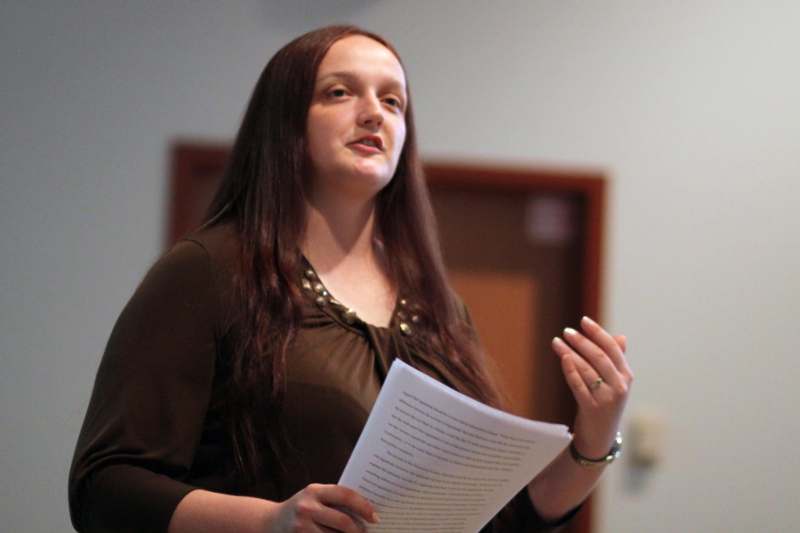
Assistant Professor of Political Science Alexandra Hoerl is examining "ingratitude" in the work and philosophy of Machiavelli to deepen her understanding of the philosopher/writer and in preparation for the Machiavelli seminar she'll be teaching at Wabash. Her studies have taken her to Rome, Florence, and Machiavelli's country retreat outside of Florence, where he was exiled during the Medici rule of the city. "Machiavelli writes that ingratitude might be one of the greatest threats to the Republic," Hoerl said. "Ingratitude has the potential to drive people away from government."
Taking a "fairly radical interpretation of Machiavelli," the professor is interested in the sources of this take on ingratitude in the philosopher's work, and how it shapes it.
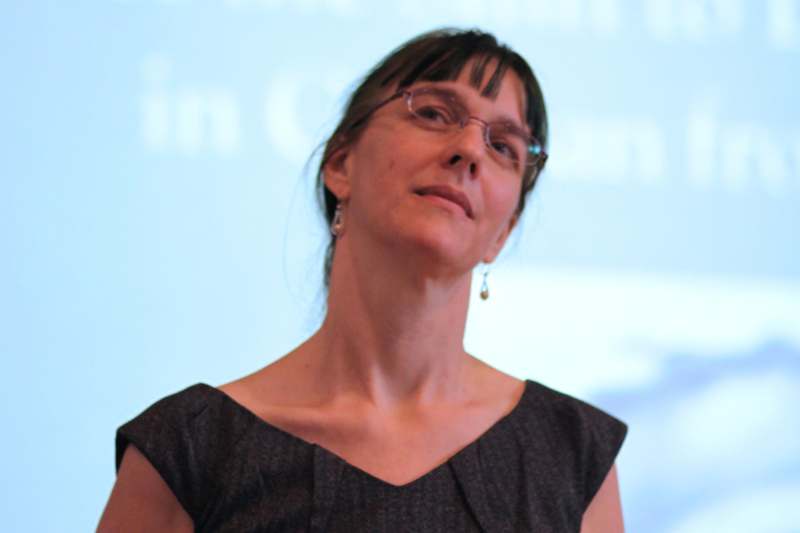
Visiting Instructor of German Lynn Miles is drawing from the fields of literary studies, linguistics, and cognitive neuroscience in her study of literacy during the Early New High German period. Examining images from the period she noted that "verbal pictorial independence increases (the text was more frequently necessary to explain the images) as the Early High New German period progressed."
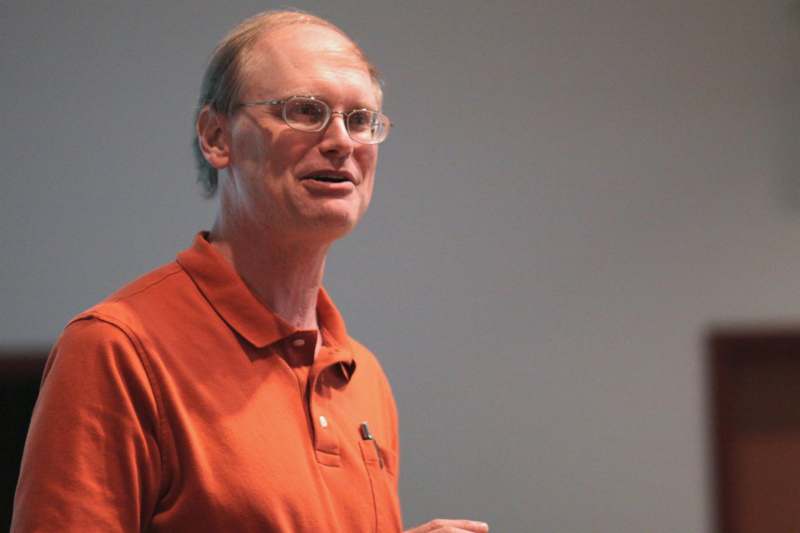
Before he could explain his research begun this year with research assistant Zach Rohrbach ’12 and collaborators at Purdue and the National Autonomous University of Mexico, Professor of Physics Dennis Krause had to bring his audience up to speed on Einstein's Theory of Special Relativity, the twin paradox, the notion that time is relative, and the fact that gravity affects time.
The theory has been proven using a cesium atom in an atom interferometer (as in current Department of Energy Secretary Dr. Steven Chu's laboratory at Stanford) in an experiment that actually shows how gravity affects time, but Krause wants to prove this at a quantum level. He and his collaborators have come up with a promising formula and theory.
"We need to design an experiment to test this," Krause explained with a smile, noting that, as a theoretical physicist, he'll be handing that job to others. "Still, we have a lot of work to do."

Professor Krause explained the "twin paradox"— a supposed paradox in relativity theory that if one of a pair of twins journeys near the speed of light and returns to earth, that twin will have aged less than the twin left behind—using characters from The Simpsons (Marge Simpson's twin older sisters, Patty and Selma Bouvier.)!

When Joe Reese ’12 and Aaron Cantu ’10 began working with Assistant Professor of Art Elizabeth Morton to record in high-definition video renowned Nigerian woodcarver Lamidi Fakeye, the plan was simply to document his visit to Wabash and one previous stop.
But when Fakeye died last year, Reese and Morton's plan to document his trip grew into a documentary film about his life—a life told in the artist's own words during interviews made for the film.
In their presentation at Ides, Reese and Morton showed clips from the finished film, Lamidi Olonade Fakeye: The Life of a Master Carver, which was previewed by the Africa Network earlier this year and received much praise.
"Post-production took nearly four months of little sleep and no vacations to produce our rough-cut for the test audience," Reese explained. "Despite the great response from the test audience, it was nearly three months later before the final cut was complete. The phrase 'Wabash Always Fights' provided great support during those long nights."
See clips from the film here.
See a photo album from Fakeye's visit to Wabash here.
Read about Joe Reese's presentation to the Celebration of Student Research, Scholarship, and Creative Work here.
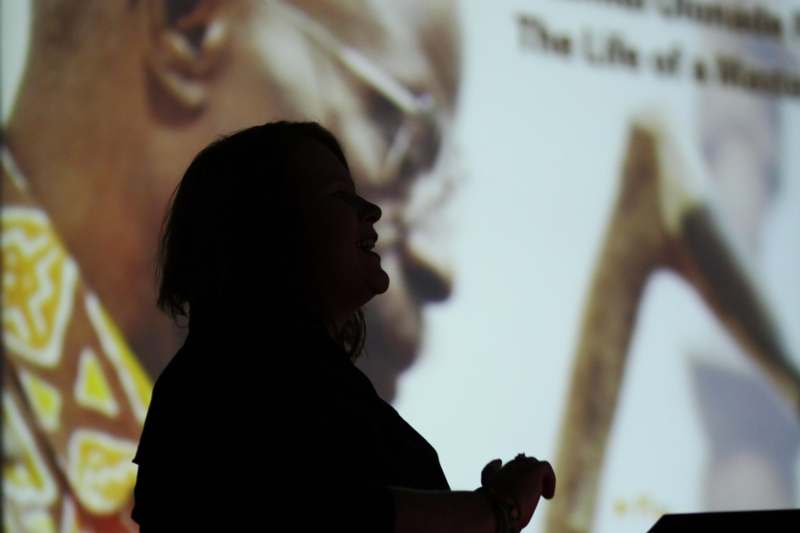
"We've spent an average of 20 hours per week on the post production work of the film," Professor Morton said. "And I mean 'we.' This has been a true collaboration."
She added that Professor of Music James Makubuya provided original music for the soundtrack (Makubuya has played for movies before, including Spike Lee's Mississippi Masala) and Assistant Professor of Theater Jim Cherry narrates the film.
The film is being considered for airing on Nigerian State Television (a channel with more than two million viewers), and will premiere October 22nd in Kalamazoo, Michigan. After the premiere, the film will be shown at the University of Wisconsin, the Chicago Art Institute, and the Indianapolis Museum of Art, among other venues. It has also been submitted to the Heartland Film Festival for consideration.
Professor Morton wrote about the collaboration in the Winter edition of Wabash Magazine. Read her essay here.

With an intensity matching his talk's provacative title, Owen Duston Visiting Professor of Philosophy and Teacher Education Samuel Rocha described "Education After the Death of School."
"Could education survive the death of school?" Rocha asked. "What would replace it?
"The death of schools would be a time where schools would continue to exist, but cease to be believable… Whether this is the case today or not, the death of school presents a useful litmus test for studying the metaphysics of education."
"Is our notion of education wild and fertile enough to survive and exceed the endangered and domesticated era we live in?"
In seeking to describe that "wild and fertile" education, Rocha is encouraged by 19th century philosopher William James, who advised us "to think of education in the broadest sense."
"Education after school," Rocha said, "is the mystery of being and becoming a person."
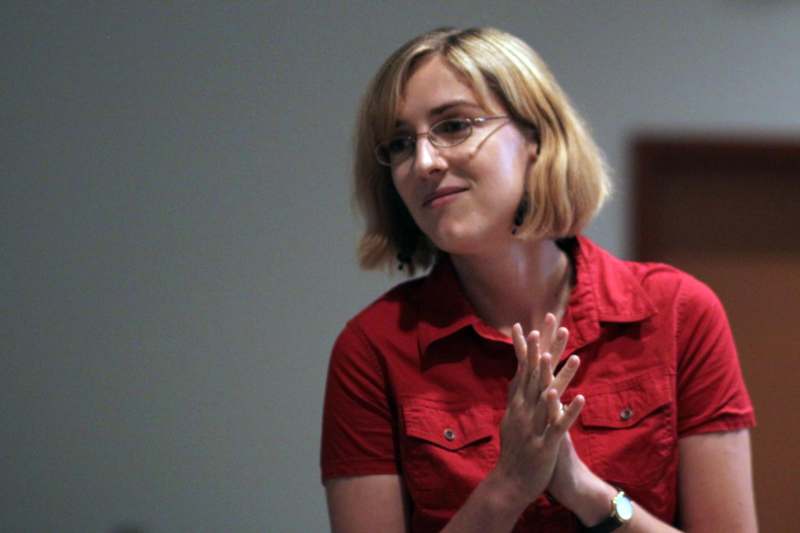
Assistant Professor of English Agata Szczeszak-Brewer was named the "Young Conrad Scholar" in 2008 by the Joseph Conrad Society, and her book Empire and Pilgrimage in Conrad and Joyce is scheduled for publication in December by the University of Florida Press.
The professor offered a closer look at both authors Friday in her talk, "The Myth of Nation: Conrad's Decoud and Joyce's Dedalus."
Stephen Dedalus is Joyce's main character and alter-ego in A Portrait of the Artist as a Young Man and Ulysses. Martin Decoud is Conrad's most important character in Nostromo and one whom scholars believe revealed something of Conrad's own nature. Professor Szczeszak-Brewer drew parallels between the two characters and their creators, particularly as they wrestled with the tension between their own calling to be artists and pressure from countrymen to be advocates for nationalism.
"Joyce was influenced by Conrad, though reluctant to admit it," the professor and scholar said, "and both self-imposed exile from smothering cultures. They both rejected ideology about the artist and the state, and both were criticized for not participating in nationalist movements."
Professor Szczeszak-Brewer quoted Joyce's Portrait of the Artist, in which Dedalus says, "I will not serve that in which I no longer believe, whether it call itself my home, my fatherland, or my church: and I will try to express myself in some mode of life or art as freely as I can and as wholly as I can, using for my defence the only arms I allow myself to use — silence, exile and cunning."

